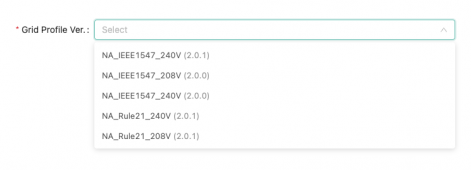svetz
Works in theory! Practice? That's something else
I think you lost focus there...Update: Actually, it is easy to see the DC side of the Hoymiles. Panel current was 0.00 all night. The only losses are on the grid side.
- the first video claimed there was a lot of reactive power consumed at night when the rooftop microinverters weren't generating power.
- That video (now deleted) was replaced by a better one saying sure there's current that can be measured there because of the capacitors. But, that energy isn't consumed so it's not a problem on-grid. But off-grid, the energy has to be supplied by the inverter which is a problem because of inverter losses.
- I'm not so sure, it depends on which side of the inverter the energy is conserved at. To answer that, I think you'd need to measure the DC side from the battery feeding the inverter (not the roof-top inverter ; -).
I've no problem with CTs, I just didn't want you thinking it was actually measuring watts (e.g., the statement "it's not a VA meter"). It really is a VA meter, just has some brains to convert what it does measure into different ways to understand the readings. It's a fine distinction, but a lot of bad experimental results come from not understanding what you're really measuring. Apologies if I'm being overly pedantic; I drive a lot of people crazy unintentionally.... I think you may have some idea that CTs can't be trusted. ...




